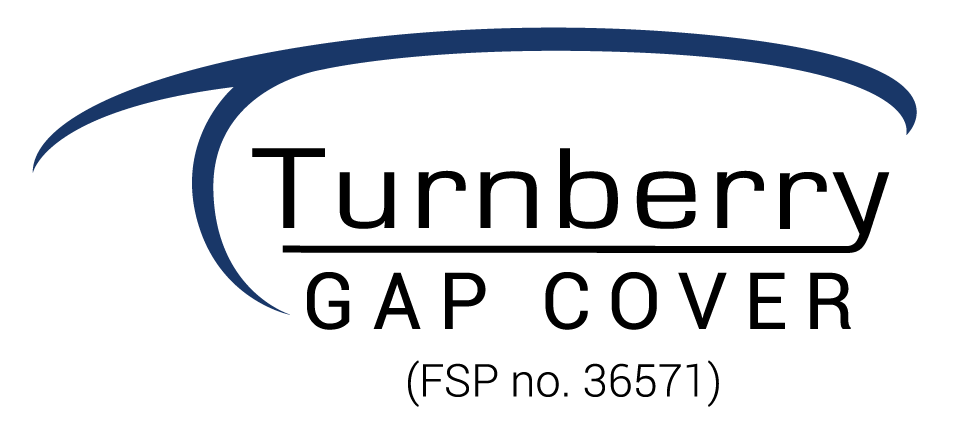As another Easter holiday season approaches, our national roads will fill up and the inevitable road accident statistics  will make sickening reading. In 2017, fatalities from accidents surged approximately 51% year-on-year, as thousands of South Africans were involved in collisions and accidents.
will make sickening reading. In 2017, fatalities from accidents surged approximately 51% year-on-year, as thousands of South Africans were involved in collisions and accidents.
It’s a stark reminder that, even if we may be fortunate to be very healthy, accidents can happen at any time.
Many people make the mistake of thinking that Gap Cover (which assists with medical expense shortfalls that one’s Medical Aid doesn’t pay) is only needed for people with illnesses or health risks.
“We often forget that Gap Cover can save one from massive out-of-pocket medical expense shortfalls in the unfortunate event of accidents and emergencies,” notes Turnberry CEO Tony Singleton.
Gap Cover benefits relating to emergency wards should comprehensively cover facility fees, consultations, medications, radiology and pathology associated with an accident.
Out of the blue
He says that while cover for life-threatening injuries sustained in an accident is designated as a ‘Prescribed Minimum Benefit, they will often not cover the total cost of one’s hospital stay should you make use of a Non-Designated Service Provider once stable. For consumers without Gap Cover, this means they’re forced to pick up the remainder of the bill.
These costs could take the form of casualty bills, scans like CT and MRIs, and other in-hospital specialists needed to stabilise and help a patient to recover.
“These unforeseen circumstances tend to hit us ‘out of the blue’”.
“Most of the time, we haven’t planned financially for the situation. In the worst cases, the shortfalls from the hospital costs can place families at severe financial risk and jeopardise the full recovery of the individual.”
He recommends that consumers review their Medical Aid and Gap Cover benefits in detail and discuss them with their financial advisor. It’s vital to ensure that one’s Gap Cover provider has made provision for any shortfalls incurred because of an accident or emergency.
“In some Gap Cover products, you’ll find that it even covers things like physiotherapy required to help a patient recover whilst in-hospital,” he adds.
Saving you from disaster
As people travel over the Easter season, it’s important to ensure that your Gap Cover supports you if you’re forced to be admitted to a hospital that doesn’t belong to the approved network of hospitals designated by your Medical Aid.
Known as non-DSP Hospital Penalty Cover, if you are travelling and are in a different province, you may find that the nearest hospital doesn’t belong to the network prescribed by your Medical Aid. Gap Cover helps to reduce or eliminate any surcharges you may be forced to pay in this situation.
Gap Cover is an inexpensive way to ensure that you’re protected against medical expense shortfalls – whether they are the result of illnesses, or unfortunate accidents that could happen at any moment.
